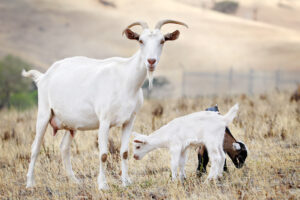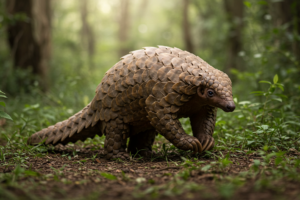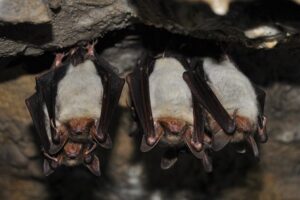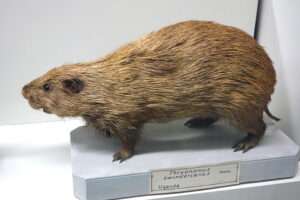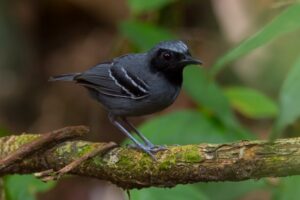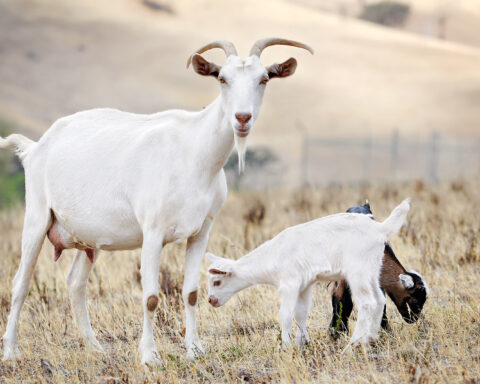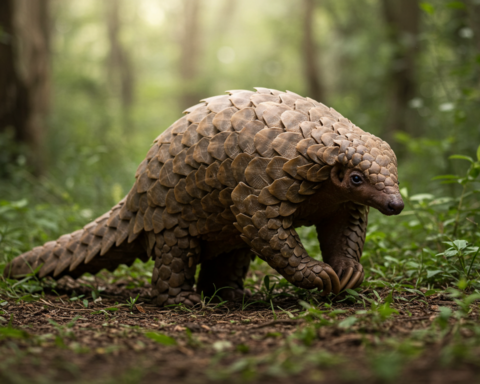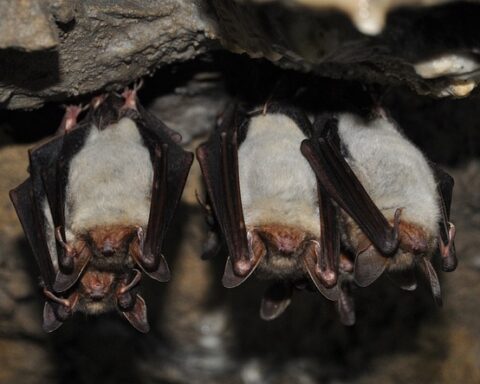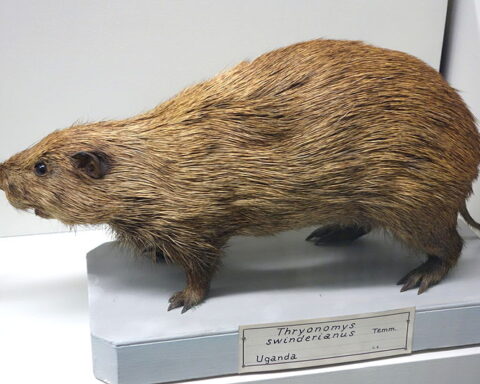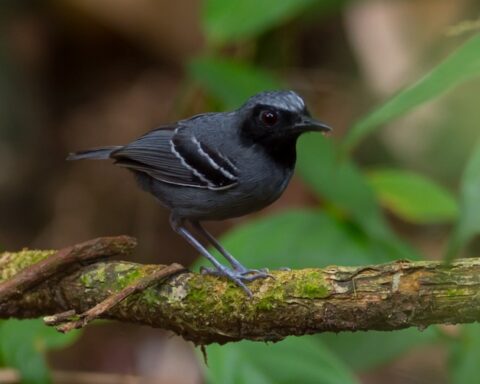The Great Hammerhead shark preys on a diverse group of marine animals. It usually dines at dawn and dusk and includes sea catfishes, lobsters, tarpon, jacks, squids, sardines, toadfishes, groupers, porgies, crustaceans, crabs, herrings, croakers, boxfish, octopus, porcupine fish, grunts and even smaller sharks (like smoothhounds). Above all, the hammerhead loves to feed on rays like cownose rays, guitarfishes, skates, stingrays and eagle rays.
These sharks are also known to stalk grey reef sharks. A research on Hammerhead sharks in the west of Africa reveals that they had filled their stomachs up to 86 percent by feeding on only one species of rays. This specific fish was known as Daisy Stingray (Dasyatis margarita).
Stingrays have extremely venomous spines and are particularly effective in eluding their predators. They can hide themselves from view by ducking in sand on sandy plains and remain motionless. However, Hammerhead sharks are still able to catch this prey with ease. They can easily spot its prey thanks to the bizarre-looking hammer on its mouth. The hammer is wide enough and so are the ampullae of Lorenzini. Thus, it acts as an electrosensor and may easily detect the electrical pulse of the stingray’s heartbeat and spiracles.

